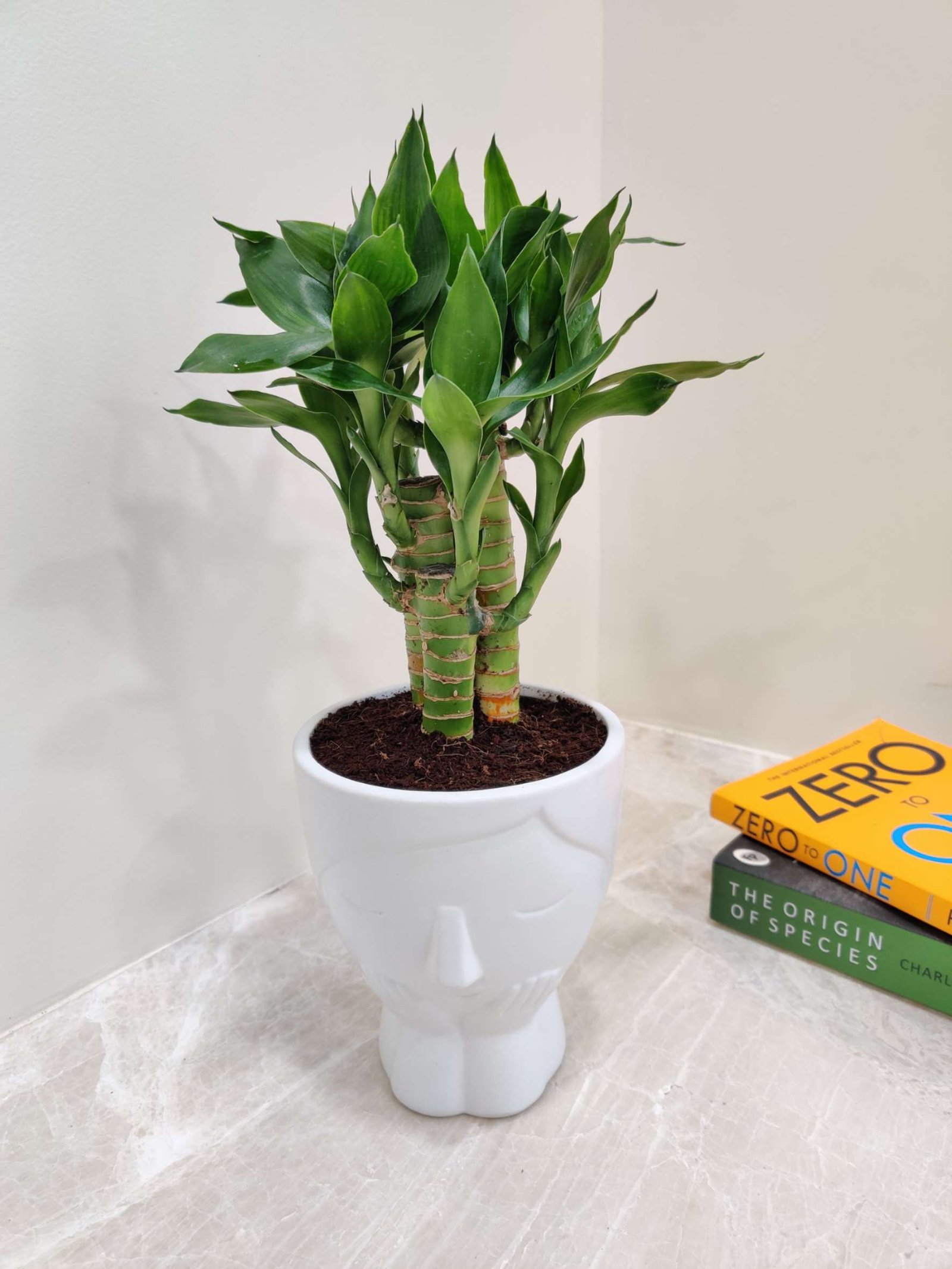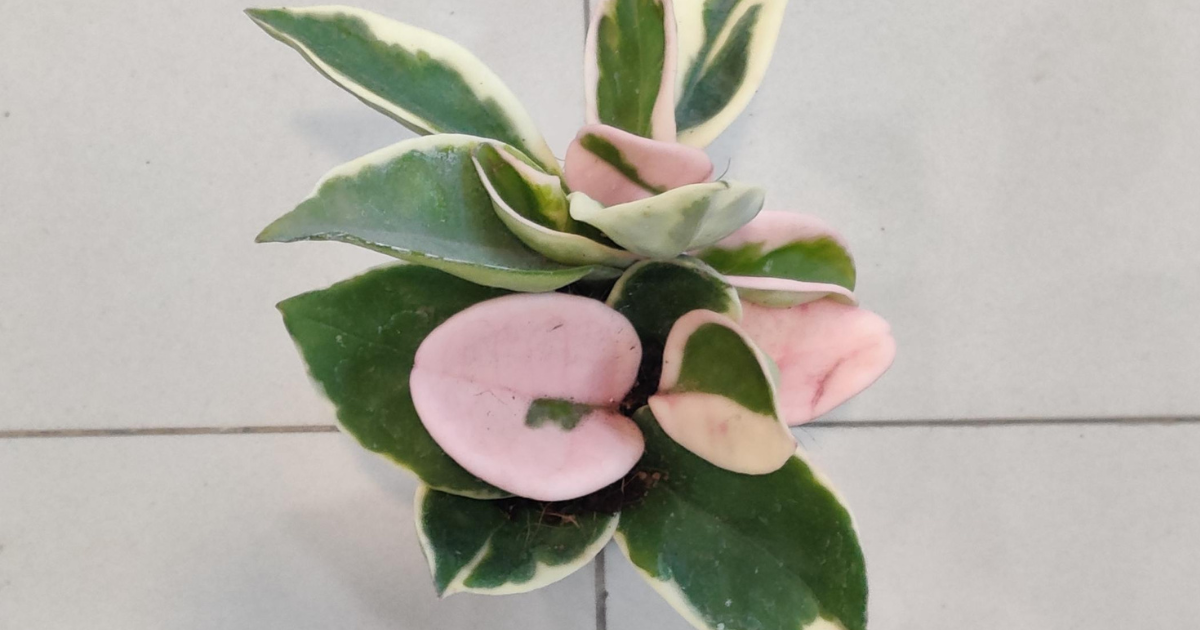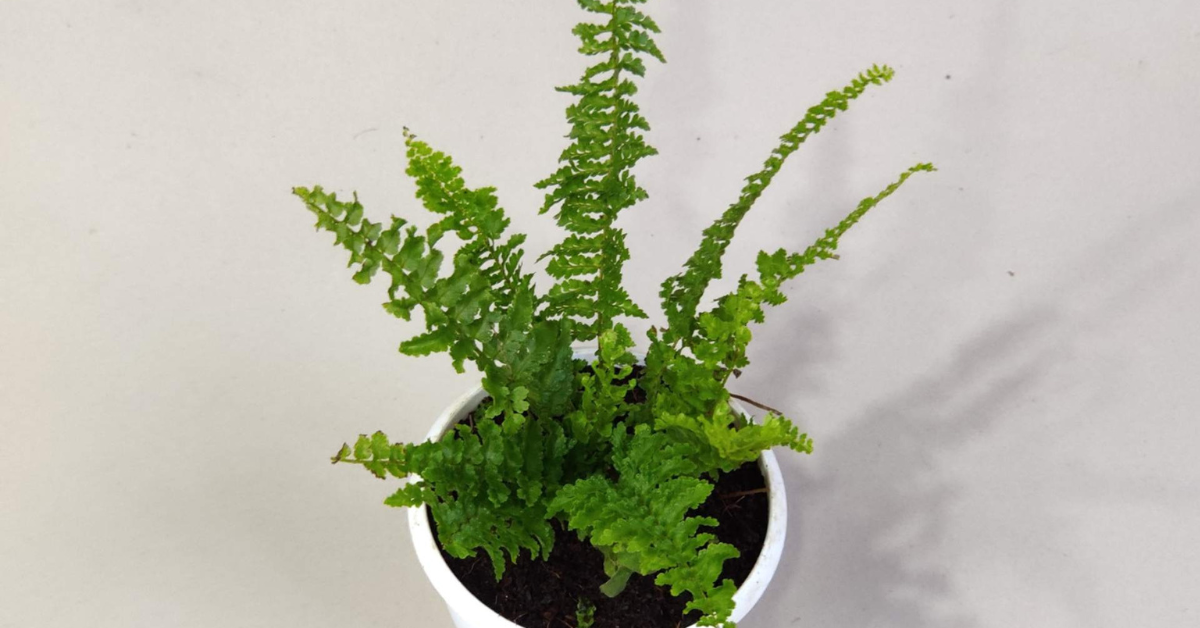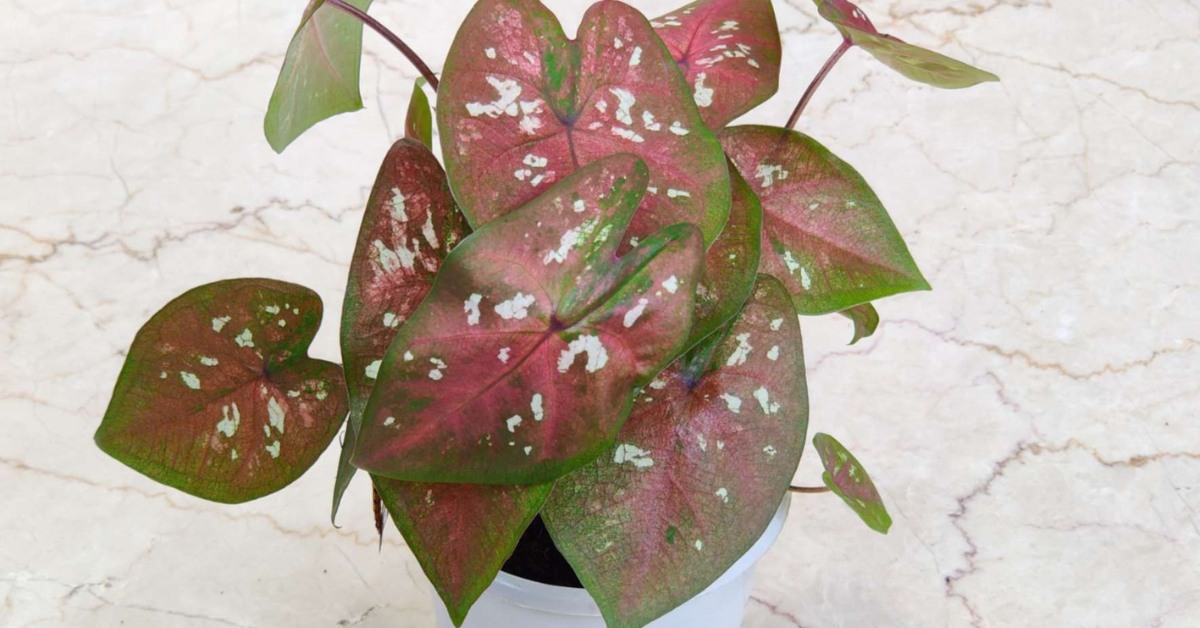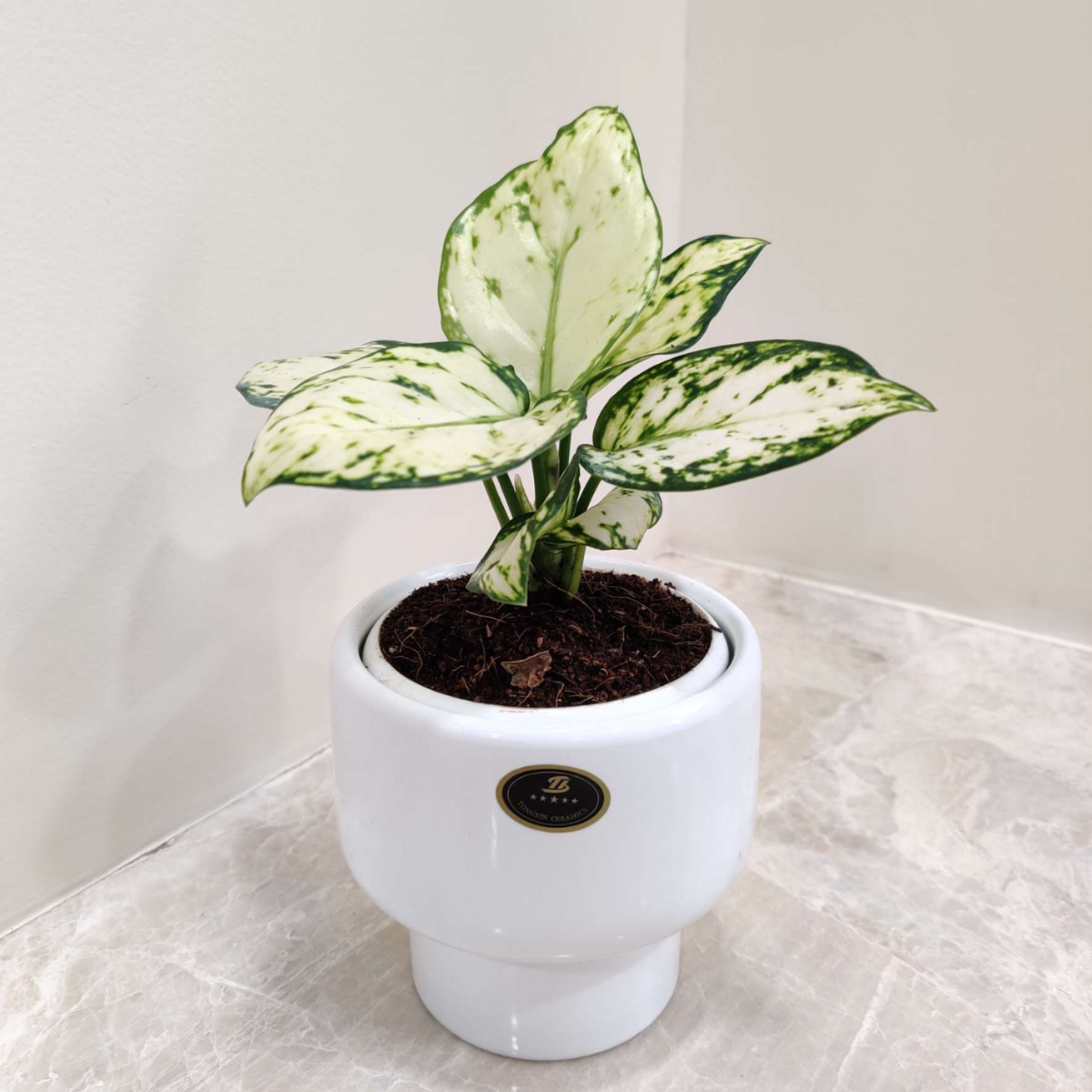If you’re looking for simple yet powerful ways to attract wealth, prosperity, and positive energy into your home, Feng Shui money plants are your perfect ally. These lucky indoor plants are more than just beautiful greenery—they are symbols of abundance, growth, and good fortune in Feng Shui philosophy. Known for their ability to purify indoor air, enhance home décor, and invite financial luck, money plants hold a special place in creating a harmonious and thriving living space.
By carefully choosing the right Feng Shui money plant and placing it in the correct direction, you can activate the flow of qi (life force energy) and open the doors to prosperity, balance, and long-term success.
In this complete guide, we’ll cover everything you need to know—from the best money plant varieties for Feng Shui, their care and placement tips, to common mistakes to avoid—so you can align your space with abundance and welcome lasting positive vibes into your life.

Why Are Plants So Important in Feng Shui?
In Feng Shui, plants are more than just decorative greenery—they are powerful energy tools that transform your space and invite balance, harmony, and abundance. Healthy plants are considered living “adjustments” that activate the flow of qi (life force energy) and uplift the energy of your home. Here’s why they hold such a vital role in Feng Shui practice:
- Reconnection with Nature: In today’s busy, digital lifestyles, indoor plants bridge the gap between humans and the natural world. Their vibrant presence helps us feel grounded, peaceful, and refreshed.
- The Wood Element in Feng Shui: Plants symbolize the Wood element, representing growth, vitality, kindness, and flexibility. Just like a plant that thrives with care, they inspire personal and financial growth.
- Source of Vibrant Qi (Chi): Thriving, green plants radiate positive energy and help circulate abundance throughout your space. They naturally uplift the mood and atmosphere.
- Support for Wealth and Prosperity: Specially chosen Feng Shui money plants—like Jade Plant, Pothos, or Money Tree—are believed to attract prosperity, financial growth, and good fortune.
- Air Purification and Wellness: Beyond Feng Shui symbolism, many money plants also improve indoor air quality, creating a healthier and more restful environment.
What Exactly is a “Money Plant” in Feng Shui?
The term “money plant” or “money tree” doesn’t refer to a single species but rather to a group of auspicious plants symbolically linked with wealth, prosperity, and abundance. Many have coin-shaped leaves or have long been associated with financial success in Feng Shui traditions.
Some of the most popular money plants for home and office include:
- Jade Plant (Crassula ovata) – Known as the “businessman’s plant,” symbolizing steady financial growth.
- Money Tree (Pachira aquatica) – Famous for its braided stems and symbolism of prosperity and new beginnings.
- Golden Pothos (Epipremnum aureum) – A classic Feng Shui plant believed to keep wealth flowing like its trailing vines.
- Lucky Bamboo (Dracaena sanderiana) – A universal Feng Shui favorite, representing luck, harmony, and financial blessings.
When placed in the wealth corner of your home or workspace, these Feng Shui money plants are said to channel prosperity, attract opportunities, and help maintain a positive energy flow.
Popular Feng Shui Money Plants and Their Prosperity Meanings
In Feng Shui, different plants are considered highly auspicious for wealth, abundance, and prosperity. Each of these money plants carries unique symbolism and energy. Below is a detailed look at nine of the most recognized Feng Shui money plants, their spiritual meanings, and practical care tips to keep them thriving.
Jade Plant (Crassula ovata)
- Symbolism: Often called the Businessman’s Plant, the Jade Plant is a powerful Feng Shui symbol of steady growth, success, and long-term financial stability. Its thick, glossy leaves resemble jade stones and coins, attracting wealth and prosperity.
- Care Tips: Requires bright sunlight and well-draining soil. Minimal watering is needed since it is a succulent. Place near a home or office entrance to welcome prosperity. Note: Toxic to pets.
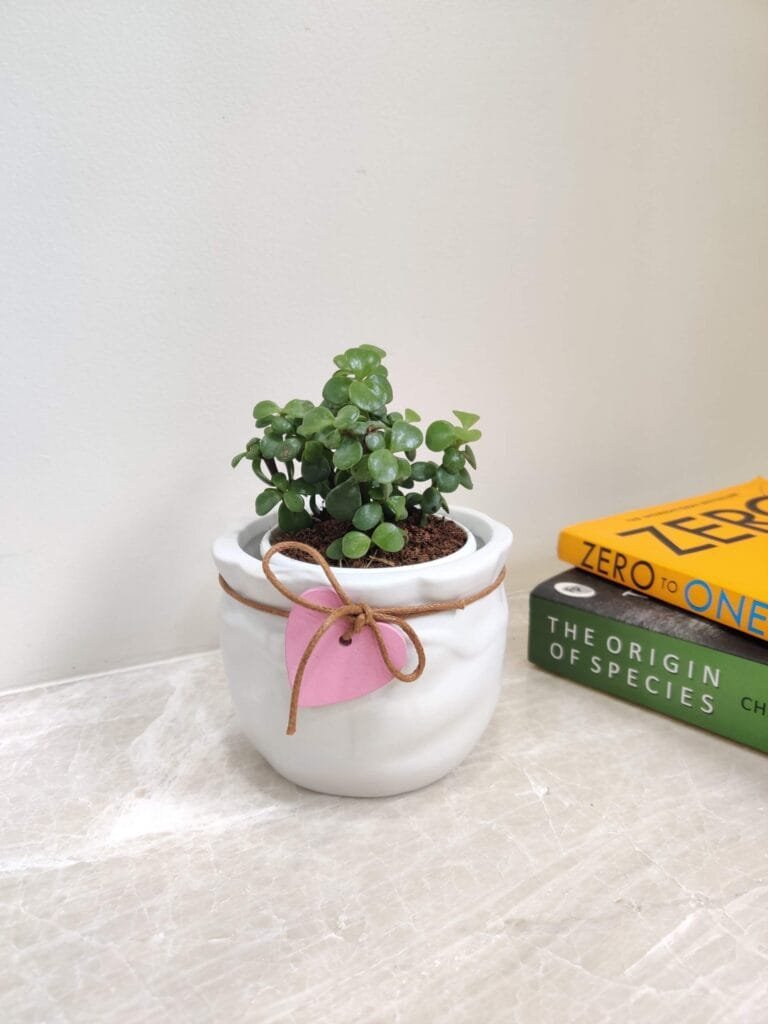
Money Tree (Pachira aquatica)
- Symbolism: Perhaps the most famous Feng Shui plant, the Money Tree is associated with good fortune, prosperity, and abundance. Its braided stems represent interconnectedness and strength, while five stems symbolize the five Feng Shui elements—wood, fire, earth, metal, and water.
- Care Tips: Adaptable to low light conditions, making it perfect for indoor spaces. Water only when soil feels dry. With proper care, the Money Tree can live for 10 years or more, continuously attracting prosperity.

Golden Pothos (Epipremnum aureum)
- Symbolism: A classic Feng Shui money plant, Golden Pothos is believed to bring continuous financial flow and opportunities, as its trailing vines resemble the constant growth of wealth. It also absorbs negative energy and purifies the air.
- Care Tips: Prefers bright, indirect sunlight. Avoid overwatering, as soggy soil can cause root rot. It’s fast-growing and ideal for hanging planters or shelves.
- Toxic to pets.

Swiss Cheese Plant (Monstera species)
- Symbolism: With its bold, split leaves, the Monstera symbolizes expansion, upward growth, and abundance. In Feng Shui, it represents opening new doors to opportunities and success.
- Care Tips: Grows best in indirect sunlight with well-draining soil. Avoid excess water to prevent yellowing leaves. Its dramatic presence makes it a statement Feng Shui money plant.
- Toxic to pets.

Silver Satin Pothos (Scindapsus pictus)
- Symbolism: Known for its shimmering silver-patterned leaves, this plant symbolizes luck, prosperity, and protection. In Feng Shui, its reflective patterns are believed to repel negativity and enhance positive chi.
- Care Tips: Prefers bright shade and should be watered sparingly. Allow the soil to dry out between watering sessions.
- Toxic to pets.

Lucky Bamboo (Dracaena sanderiana)
- Symbolism: Despite not being true bamboo, Lucky Bamboo is one of the most popular Feng Shui plants for luck, prosperity, and harmony. The number of stalks carries different meanings:
- 3 stalks: Happiness
- 5 stalks: Wealth
- 7 stalks: Health
- 9 stalks: Good fortune
- Care Tips: Can grow in water (with distilled or purified water) or soil. Place in indirect sunlight and refresh water weekly.
- Toxic to pets.

Golden Queen (Marble Queen Pothos – Epipremnum aureum ‘Marble Queen’)
- Symbolism: With its striking white and green marbled leaves, this variety is associated with prosperity, abundance, and balance in Feng Shui. It’s especially popular in bedrooms and living spaces for promoting harmony.
- Care Tips: Requires bright but indirect light to maintain its beautiful variegation. Water when the top inch of soil is dry.
- Toxic to pets.

Best Placement for Money Plants in Feng Shui
In Feng Shui, placement is just as important as choosing the right plant. Even the healthiest money plant will not radiate prosperity if it’s placed in the wrong location. Correct positioning ensures that the positive chi (energy) flows smoothly, helping you attract wealth, harmony, and abundance.
Here are the most auspicious locations for money plants:
- Wealth Corner (Southeast): The southeast corner of your home or room is the traditional wealth area in Feng Shui. Placing your money plant here activates prosperity energy and helps attract financial growth. If possible, use a lush variety like Golden Pothos or a Money Tree in this space.
- Office or Workspace: Keeping a money plant on your desk or near your office entrance is believed to attract career growth, new opportunities, and financial success. The presence of greenery also improves focus and reduces stress during work.
- Bedroom: A small money plant in your bedroom enhances personal abundance, harmony, and restful sleep. Plants also purify the air, promoting health and emotional balance.
- Living Room: The living room is where energy flows for the whole family. Placing a money plant here promotes collective prosperity, happiness, and positivity in the household. Hanging varieties such as Marble Queen Pothos look especially beautiful here.
- Areas to Avoid: Never place money plants in the northeast or southwest corners as these directions are considered unfavorable in Feng Shui and may block prosperity energy.
Care Tips for Thriving Money Plants
A money plant’s vitality and health directly reflect its energy. A lush, green plant symbolizes growth and wealth, while a weak or yellowing plant can invite stagnation and negativity. To keep your money plants thriving, follow these essential care tips:
- Light: Place in bright, indirect sunlight. Direct harsh sunlight can scorch the leaves, while too little light may stunt growth.
- Watering: Water only when the top inch of soil feels dry. Overwatering is one of the most common mistakes and can cause root rot. For water-grown money plants like Pothos or Lucky Bamboo, replace water weekly with clean, filtered water.
- Fertilizer: Feed once a month during the growing season (spring and summer) using a mild, liquid fertilizer. Avoid over-fertilizing, as it may cause salt buildup in the soil.
- Pruning: Trim regularly to encourage bushier growth and to remove dead or yellow leaves. This keeps the plant looking fresh and prevents negative energy from building up.
- Potting: Always use well-draining soil and pots with drainage holes to prevent waterlogging. Repot every 1–2 years to support root growth.
- Humidity & Temperature: Money plants love average indoor conditions but avoid placing them near cold drafts, heaters, or air conditioners.
- Energy Flow: In Feng Shui, upward-growing vines represent financial growth and rising prosperity. Train your money plant to climb on supports or trellises instead of letting vines trail on the ground, which symbolizes stagnation.
Common Mistakes to Avoid with Money Plants
Even with the best intentions, a few common mistakes can weaken your money plant’s Feng Shui benefits. Here’s what to avoid:
- Placing in the Wrong Direction: Positioning your money plant in the northeast or southwest can reduce positive energy and hinder prosperity. Always prefer the southeast wealth corner.
- Letting Vines Touch the Ground: In Feng Shui, trailing vines on the floor represent stagnation and financial blockages. Always train vines upward or let them cascade from hanging planters.
- Neglecting Plant Health: Dried, yellow, or diseased plants are considered inauspicious. Regular care, pruning, and cleaning of leaves are essential.
- Placing Outdoors: Money plants thrive best indoors in controlled conditions. Outdoor placement may expose them to harsh sunlight, dust, and fluctuating temperatures, weakening their positive energy.
- Near Heat Sources: Avoid placing money plants near stoves, heaters, or kitchen appliances, as heat can damage the leaves and drain their prosperity-enhancing properties.
- Overcrowding Plants: Crowded corners with too many plants block the free flow of energy (qi). Give your money plant enough space to grow freely.
- Mixing with Thorny Plants: Thorny plants like cacti can counteract the wealth-attracting energy of money plants. Keep them separate for best results.
By placing your Feng Shui money plant in the right direction and caring for it with love, you ensure it thrives as a true magnet for wealth, abundance, and positive energy in your home or office. Even short periods of neglect can affect your money plant’s energy. Learn practical tips in our blog on caring for indoor plants during vacations to ensure they stay vibrant and auspicious.
Conclusion
Feng Shui money plants are more than just houseplants—they are living symbols of abundance, prosperity, and harmony. By selecting the right variety, placing it thoughtfully, and caring for it diligently, you can create a home filled with vibrant energy and financial blessings.
Indoor plants have been valued for their symbolism and energy for centuries. From ancient civilizations to modern homes, plants have always played a role in creating harmony and beauty. You can explore this fascinating history in our blog on The Journey of Indoor Plants: From Ancient Egypt to Modern Houseplant Trends.
Embrace these beautiful plants not just as decorative elements, but as energetic tools to cultivate growth, positivity, and wealth in every aspect of your life.
FAQs
1. Can I place a money plant in my bedroom?
Yes, money plants in bedrooms enhance personal abundance and purify the air, making the environment restful.
2. Are money plants safe for pets?
Some, like Jade and Pothos, are toxic to pets. Always check the botanical name before introducing a plant to pet-friendly homes.
3. What is the best direction for placing money plants?
The southeast corner is most favorable, followed by east for health and north for career growth.
4. Can I grow money plants in water?
Yes, varieties like Pothos and Lucky Bamboo can grow in water, provided you change the water weekly.
5. Do money plants actually bring wealth?
In Feng Shui, they are symbolic tools believed to attract prosperity when combined with positive intentions and proper care.
6. How often should I fertilize a money plant?
During the growing season (spring and summer), fertilize once a month with diluted liquid fertilizer.
7. Why should vines not touch the floor?
In Feng Shui, downward vines symbolize financial stagnation, so always train them to grow upward.
8. Can I gift a money plant to others?
Yes, gifting propagated cuttings is auspicious, but tradition advises against giving away your established plant, as it may transfer your fortune.
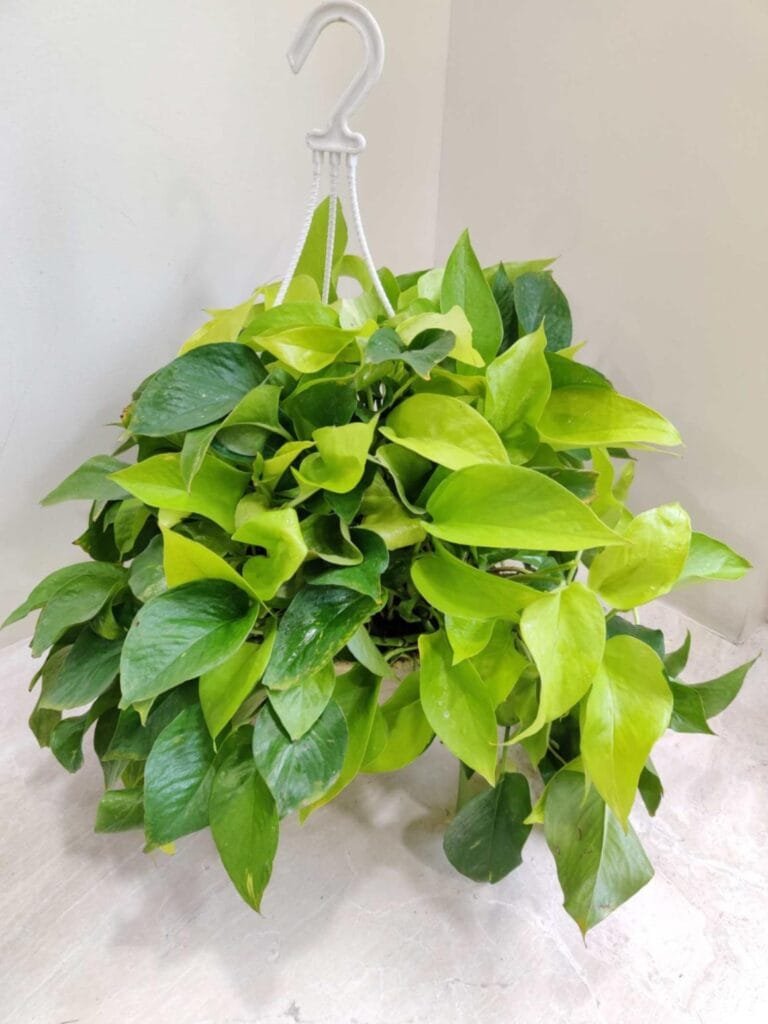
Invite prosperity, harmony, and abundance into your life—
Shop our Feng Shui Money Plants today and transform your home with positive energy.

